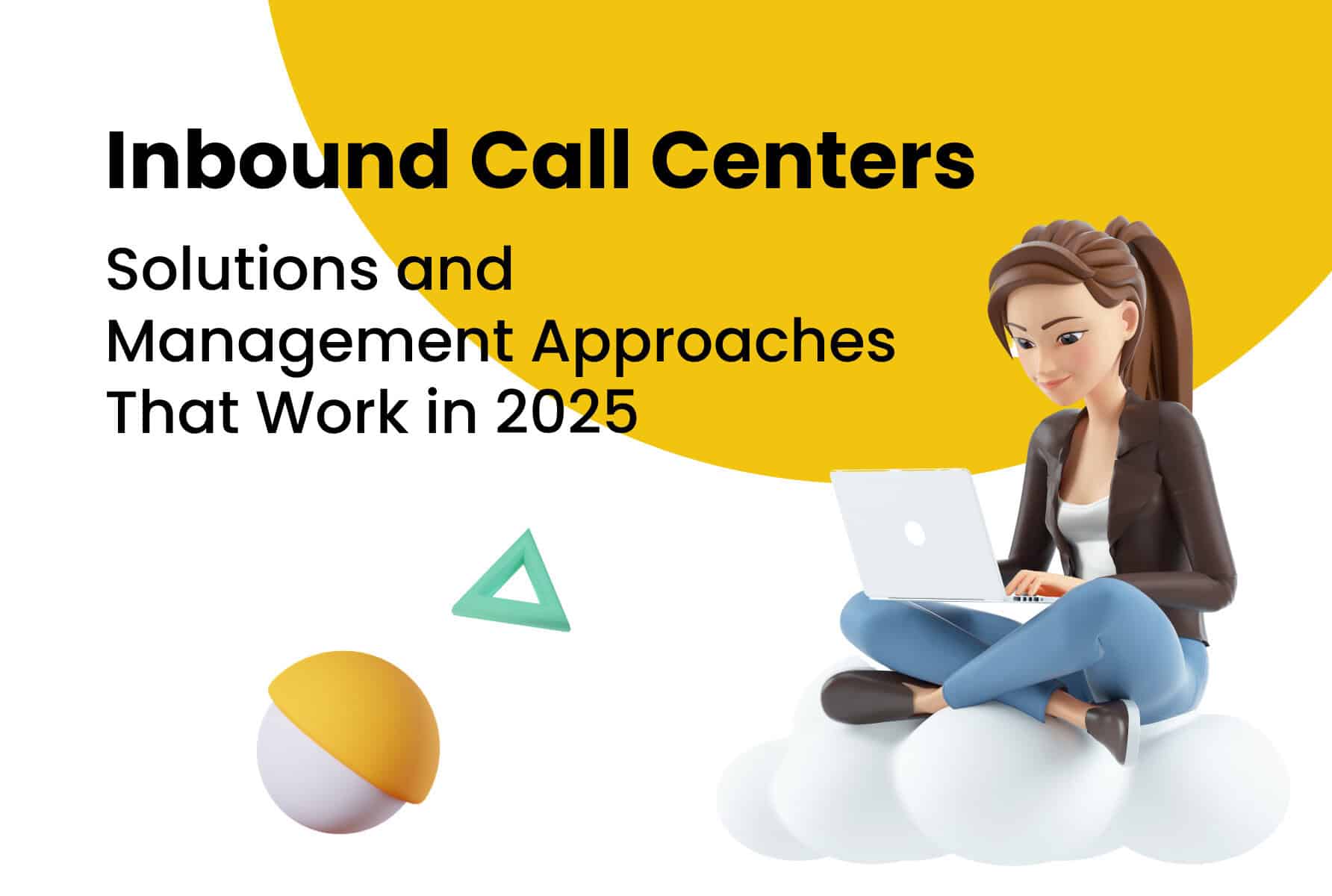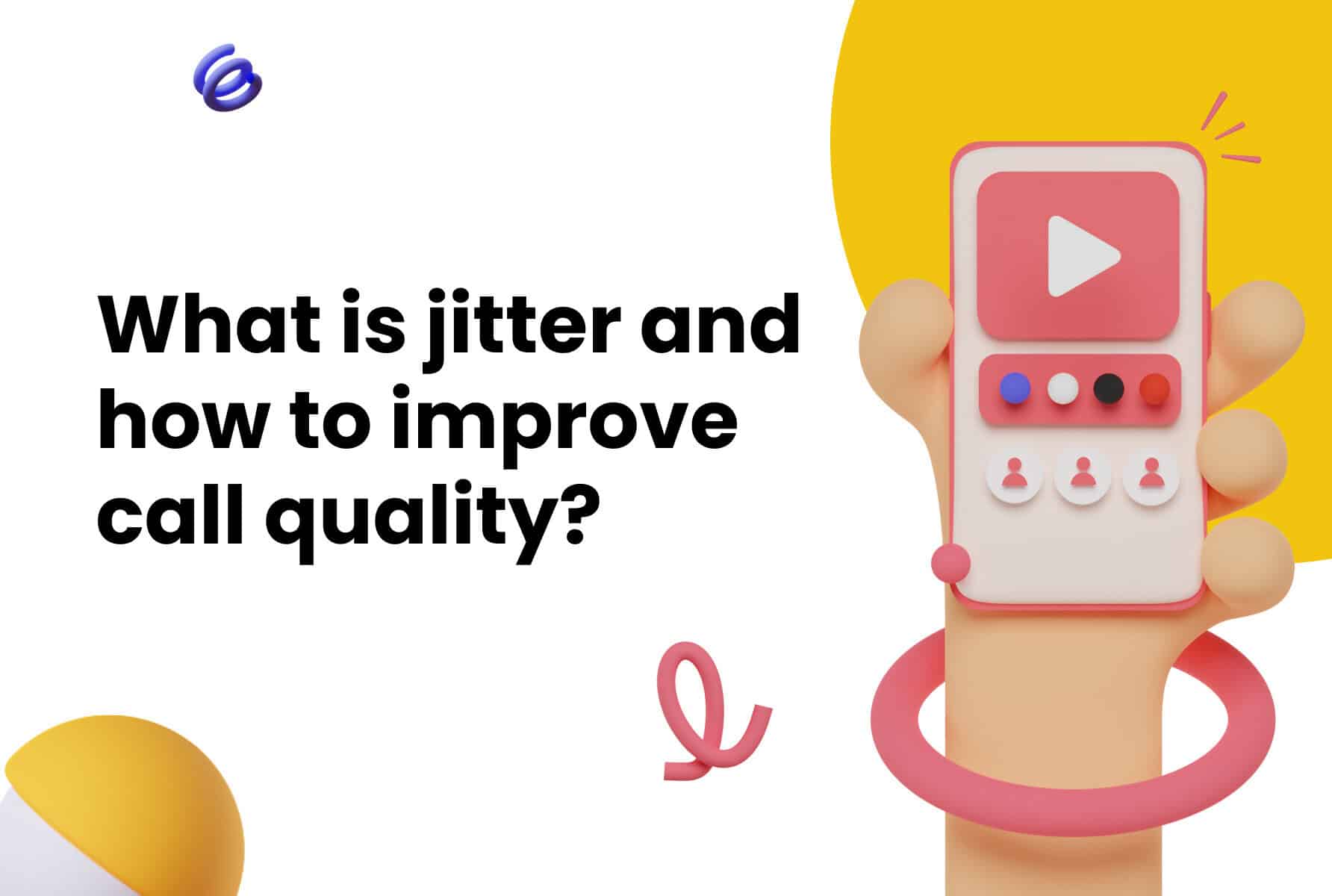In this article I cover the state of Artificial Intelligence (AI) in the field of recruitment. In particular the use of technologies such as data analytics, workflow automation and speech technology. I look at how these can be used to make life easier for agents and to help with nurturing new leads.
As the world begins to emerge from lockdown and home working, it’s worth taking some time to see how things are changing for recruitment agencies in this new way of working. Organisations are looking at different ways of keeping their employees and customers engaged. And they are seeking to energise and streamline interactions between them.
So, what are the main challenges and the trends that can help with those? And how are solutions like CloudCall positioned to enable this?
The shift to home working and use of business communications tools like Microsoft Teams has meant that some information may actually be less accessible for some organisations. For instance video chats that are not held as part of automated call recordings.
This has an impact on training and monitoring. Although, the potential is there for these new channels to provide richer analytics. And to support new ways of working.
CloudCall, sitting between the customer communications interface and the CRM, is in a unique position to make sense out of the information flowing between these different business tools.
We’ve seen a huge growth in the ability of AI to chew on large datasets and extract meaningful insights from it. According to a recent survey by PEGA, 36% of Customer Experience (CX) practitioners are focusing on using machine learning to scale their predictive analytics.
The first challenge we have is to make sure that the information that is available is securely stored and made accessible for analytics. Then we can look at adding data from other sources that may not have been easy to process in the past (for example audio and video).
We also need to make sure that the inferences drawn from any machine learning techniques are relevant as well as being unbiased. The field of Explainable AI (XAI) attempts to understand why an AI model arrives at a given result or prediction. It’s a relatively new area of study, but is becoming increasingly important as AI affects more of our day-to-day lives.
People want to understand why and how a machine decision has been arrived at. So we need to be able to back up our answers to these questions.
Here at CloudCall, we are engaged in an ongoing initiative to allow our customers easier access to their own data, so they can improve their processes and performance, and ultimately deliver a better experience for their customers and employees.
Agents can focus on having in-depth conversations with candidates, allowing a machine-based agent to attend to the mundane tasks of note taking and call summarisation.

Automatic Speech Recognition (ASR) is a technology that has now advanced enough to produce near-human level transcripts. Bringing these transcripts back to the CRM to be stored within the candidate record then allows information to be kept up to date and shared with co-workers.
For instance, imagine if it was possible to run diagnostics on voice and video calls to allow agents and their supervisors to better understand how the call is progressing. This type of automatic sentiment analysis can be used to help with staff training and to improve customer satisfaction.
Recruiters sometimes help a candidate prepare for a job interview by offering coaching. Again, these sessions can be recorded to help with training. Insights from many such interviews can be consolidated and summarised by using a combination of ASR and Natural Language Processing (NLP).
It’s all about giving the agent better insights into what works and what doesn’t when talking with candidates.
The whole candidate journey from initial contact, through interviews and job placement can be monitored, with reminders and updates being delivered to the candidate to keep them informed and motivated through the process.
As the job market starts to pick up, those recruiters who can positively engage with the best candidates will be the ones that differentiate themselves and be able to place candidates in the right role for them.
We’re looking at using a variety of messaging channels to make it easy for recruiters to source candidates, move applicants through the recruitment process, and keep employers updated.
Text messaging for recruiters has a 98% open rate and can reach many candidates simultaneously. Automated workflows, including scheduled outreach messages, campaigns and automatic replies can be used to engage contacts and reactivate dormant ones.
It is an exciting time to be involved in this field. And in the future, I plan to go into more depth into how CloudCall works with messaging protocols to drive artificial intelligence and recruitment workflows.
If you would like to know more about what a CRM integration could offer your business, book a demo with our team here.



